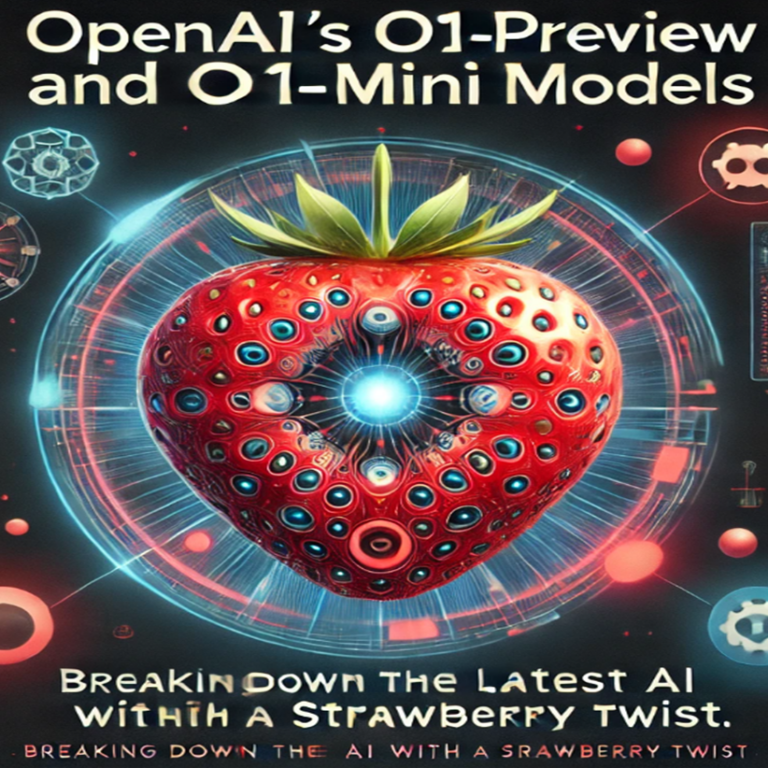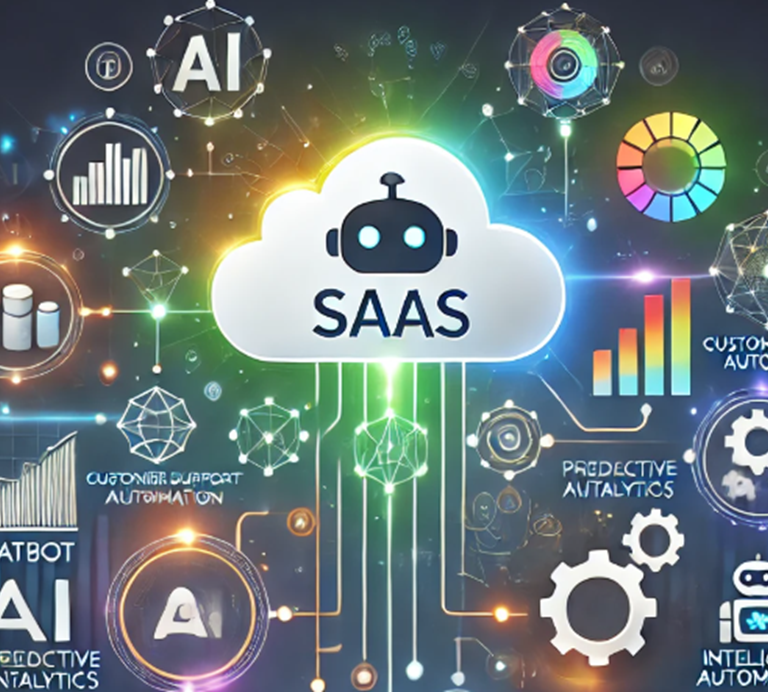Designing a standout Software as a Service (SaaS) application is no small feat, especially in the rapidly evolving landscape of 2025. With the growing demand for cloud-based solutions, businesses and individuals are looking for innovative, user-friendly, and secure applications that address specific pain points. To create a SaaS product that thrives in a competitive environment, you need a strategic approach that combines market research, user-centric design, advanced technology, and strong security. In this guide, we’ll walk you through the essential steps to successfully design a SaaS application in 2025.

1. What Are SaaS Applications?
Before diving into the design process, it’s important to understand SaaS applications. SaaS refers to cloud-based software that users can access via the Internet without needing local installation. The SaaS model offers several advantages, including cost-efficiency, scalability, and automatic updates. As the SaaS market continues to grow in 2025, creating a unique, high-performance solution that meets users’ needs is key to standing out.
2. Conduct Thorough Market Research
Market research is a critical first step in designing a successful SaaS application. Without a clear understanding of your target audience and competitors, it’s difficult to develop a product that truly resonates with users.
- Identify Your Audience: Understand who your potential users are, what challenges they face, and how your application can solve those challenges. Segment your audience based on different needs and behaviors.
- Analyze Competitors: Study existing SaaS applications in your niche. What features do they offer? Where are their weaknesses? Use this information to find opportunities for improvement and differentiation.
- Validate Your Idea: Before fully committing to development, test your concept. Create landing pages, conduct surveys, or run small beta tests to gauge market interest and gather early feedback.
3. Define Core Features
Once you’ve conducted your research, it’s time to define the essential features of your SaaS application. These features should be based on the specific needs of your target audience and address the core pain points you’ve identified.
- Must-Have Features: Focus on the key functionality that will deliver the most value to your users. Ensure that these features address their primary concerns effectively.
- User Roles: Design the application to accommodate different user roles and access levels. This will ensure that the app can serve a variety of users, from basic users to admins or super-users.
- Scalability: Plan for growth from the start. Your SaaS application should be built to scale easily as your user base expands.
4. Focus on User-Centric Design
In 2025, user experience (UX) is a major differentiator in the SaaS market. An intuitive, user-friendly design can significantly enhance engagement and retention.
- Easy Navigation: Make the application easy to navigate with clear, simple layouts. Users should be able to find what they need with minimal effort.
- Responsive Design: Ensure your app is optimized for a variety of devices, including desktops, tablets, and smartphones. A responsive design ensures a seamless user experience across all platforms.
- Consistent Branding: Your app’s visual design should reflect your brand’s identity. Consistent use of colors, typography, and imagery helps build trust and familiarity with users.
5. Choose the Right Tech Stack
The technology stack you choose will have a direct impact on your SaaS app’s performance, scalability, and security. Choosing the right technologies is essential to meet both current and future demands.
- Front-End: Use modern frameworks like React, Angular, or Vue.js to build a dynamic, responsive user interface (UI).
- Back-End: For the server-side, choose frameworks like Node.js, Ruby on Rails, or Django that are known for their scalability and performance.
- Database: Pick a database solution that can handle your app’s data requirements. PostgreSQL, MongoDB, and MySQL are great choices for managing and scaling data efficiently.
6. Build Scalable Architecture
A scalable architecture ensures your SaaS application can grow with your user base. As your user count increases, your app should be able to handle more traffic and more data without performance issues.
- Multi-Tenant vs. Single-Tenant: Decide whether you’ll have one instance of your app for all users (multi-tenant) or separate instances for each user (single-tenant). The choice depends on your target audience and scalability goals.
- Microservices: Consider using a microservices architecture. This allows different components of your application to scale independently, offering greater flexibility and efficiency.
- Load Balancing: Implement load balancing to distribute incoming traffic evenly across servers, ensuring consistent performance during peak usage times.
7. Prioritize Security
Security should be a top priority in the design and development of your SaaS application. With the increasing frequency of cyberattacks and data breaches, ensuring that your users’ data is safe is crucial.
- Data Encryption: Encrypt sensitive data both in transit and at rest to protect it from unauthorized access.
- Authentication: Implement strong authentication methods, such as multi-factor authentication (MFA), to prevent unauthorized logins.
- Regular Audits: Conduct regular security audits to identify vulnerabilities and address them proactively.
8. Plan for Integration and APIs
In 2025, SaaS applications need to integrate seamlessly with other tools and platforms. Building a solid API infrastructure can help expand your app’s functionality and make it more versatile for users.
- Develop APIs: Provide well-documented APIs that allow third-party applications to integrate with your software. This adds value by enabling users to connect your app to other tools they use.
- Webhooks: Use webhooks to send real-time data between your app and other services. This enhances functionality and allows for more interactive experiences.
9. Streamline Development with DevOps
Implementing DevOps practices can improve your SaaS application’s development and deployment process, ensuring faster releases and higher-quality products.
- CI/CD Pipelines: Set up Continuous Integration (CI) and Continuous Deployment (CD) pipelines to automate testing and deployment. This helps catch bugs early and speeds up release cycles.
- Monitoring Tools: Use monitoring tools to track your app’s performance. Tools like Datadog or Prometheus allow you to detect issues early and resolve them promptly.
10. Test Thoroughly Before Launch
Thorough testing is crucial to ensure that your application works as expected and meets users’ needs.
- Unit Testing: Test individual components of the app to ensure each one functions correctly.
- Integration Testing: Test the interaction between various components and services to ensure smooth communication across your app.
- User Testing: Conduct usability testing to get feedback from real users. This will help you identify any usability issues before launch.
11. Deploy and Maintain Your SaaS Application
Once your application is ready, it’s time to deploy and ensure it runs smoothly post-launch.
- Cloud Hosting: Choose a reliable cloud hosting provider like AWS, Azure, or Google Cloud for hosting your app. These platforms offer scalability, security, and high availability.
- Backup Systems: Implement a solid backup system to prevent data loss. Regular backups and a disaster recovery plan are essential.
- Ongoing Support: Provide ongoing support, monitor performance, and release updates to fix bugs, add new features, and improve overall user experience.
12. Monitor Performance and Iterate
Post-launch, continuous monitoring and iteration are key to long-term success. Use analytics and user feedback to refine your application and meet evolving user needs.
- Analytics: Track key metrics like user engagement, feature usage, and performance with tools like Google Analytics or Mixpanel. This data will help you identify areas for improvement.
- Feedback Loops: Set up systems to actively collect feedback from users. Use this feedback to make data-driven decisions for future updates.
Conclusion
Designing a successful SaaS application in 2025 requires a strategic blend of user-centric design, advanced technology, and robust security. By focusing on market research, scalability, and ongoing improvement, you can build a SaaS product that stands out in a crowded market. Stay adaptable, keep iterating, and always prioritize user experience to ensure your application remains relevant and successful for years to come.
Start building your SaaS application today and position yourself for success in the ever-growing SaaS industry!






